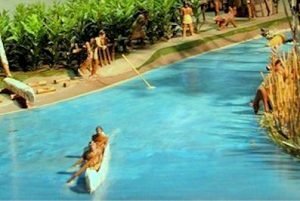Treaty of September 8, 1815
A Treaty between the United States of America and the Wyandot, Delaware, Seneca, Shawanoe, Miami, Chippewa, Ottawa, and Potawatimie Tribes of Indians, residing within the limits of the State of Ohio, and the Territories of Indiana and Michigan. Whereas the Chippewa, Ottawa, and Potawatimie, tribes of Indians, together with certain bands of the Wyandot, Delaware, Seneca, Shawanoe, and Miami tribes, were associated with Great Britain in the late war between the United States and that power, and have manifested a disposition to be restored to the relations of peace and amity with the said States; and the President of the … Read more







